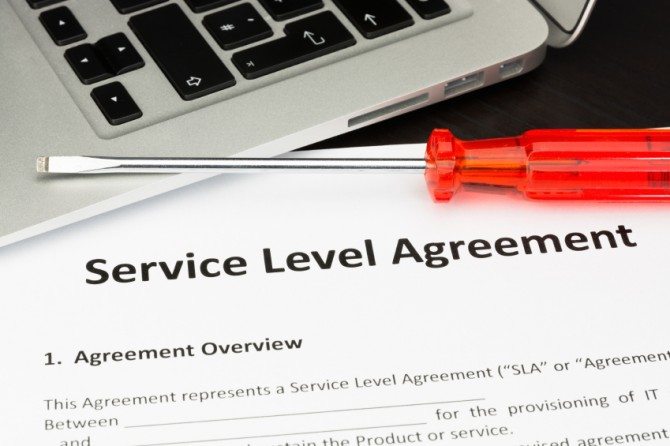“The cloud” is a misnomer of course. Digital data sits in servers and storage and flows through physical conduits; even wireless transport requires equipment. Your cloud data is hosted on the ground by data centers with high energy needs, vast server farms and massive storage capacity.
And these data centers are subject to the same power loss, disaster and security threats that confront all data centers. Their threat may be even greater, since clouds are shared by thousands to hundreds of thousands of users.
Cloud providers will have some data security and protection in place that is adequate for both consumer and SMB. As long as they maintain 99.9% uptime (which most of them do) and never lose your data (which most of them won’t) then the providers are serving these accounts.
But when larger businesses trusts its backup to cloud providers, “good enough” is emphatically not good enough. Big business generates large volumes of data that must remain highly recoverable. To assure acceptable levels of data protection and recoverability, businesses should have Service Level Agreements (SLAs) in place for signing.
This applies to cloud providers who operate their own data centers and also to the ones who are co-located in someone else’s. Whoever provides your cloud backup services is responsible for data redundancy. You may be promised the best uptime in the world, but what if a physical data center does not replicate remotely and is flooded, hit by a tornado, or disrupted by an earthquake? Without enterprise-level SLAs to protect you it is entirely possible that you have lost your corporate data forever.
What to Look for in Your SLAs
What can you do to protect yourself? Negotiate the SLAs that you need.
- Data protection and redundancy. Go with a cloud backup provider who backs up and replicates the data under their control to a remote data center, which is in turn protected from disaster and energy loss. Best bets for data protection sites are geographical regions without major natural disasters, and that are on a generous energy grid. (Metro areas around the world are quickly running out of energy for data center builds.)
- Data integrity and recoverability. The provider should validate data integrity and recoverability. Natural disaster is not the only threat to your data: corruption and internal loss is too. Put it in the SLAs that your provider regularly validates data integrity. You also need to know what to expect when you need to recover your data. The SLAs should allow you to prioritize your recovery time by the importance of the data.
- Written service level agreements. Get your SLAs in writing. Do not accept an oral agreement or a simple 99.9% uptime report. You will probably need to negotiate the service levels since the cloud provider needs to make an adequate profit. You may pay more for this level of service but you can justify your increased investment with the reliability of your cloud-based backup service.
Even the most reliable service providers experience unforeseeable situations that result in service interruptions. But top service providers like Amazon’s uptime and security have proven excellent over the long haul. AWS in particular has a global scale and robust architecture that enables it to offer excellent durability and availability for customers all over the world.
You may have heard “What you don’t know can’t hurt you.” At Druva we think that’s nonsense. What you don’t know about cloud backup can definitely hurt you. Don’t get blindsided: download Druva’s white paper “5 Things You Didn’t Know About Cloud Backup” today.


